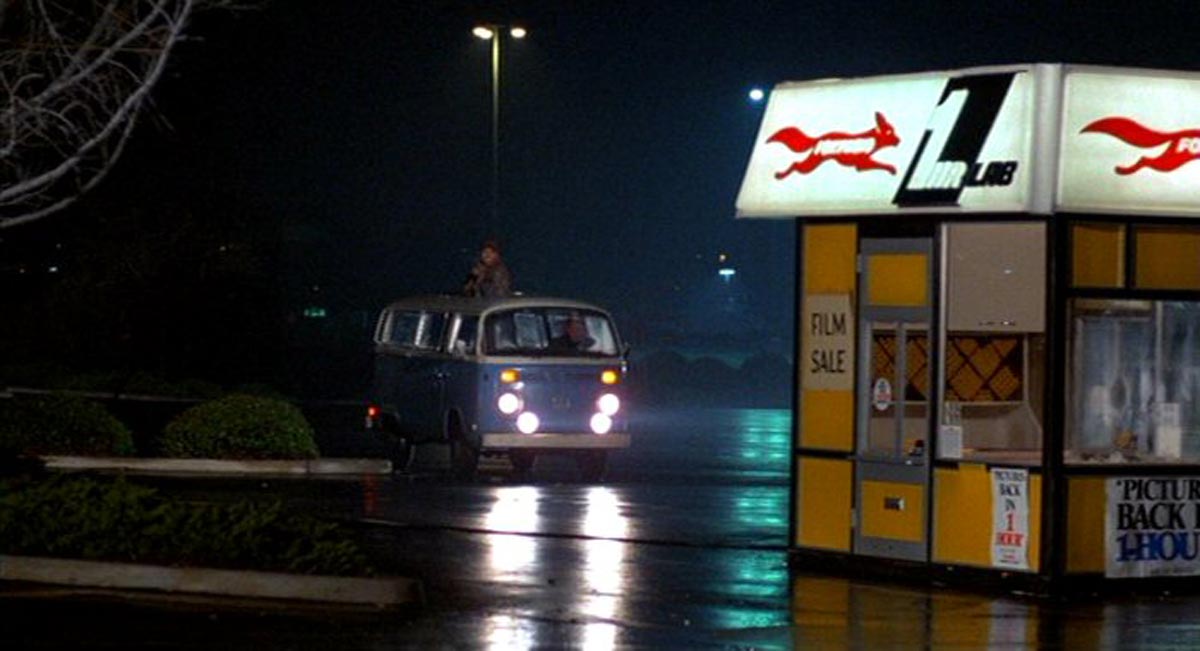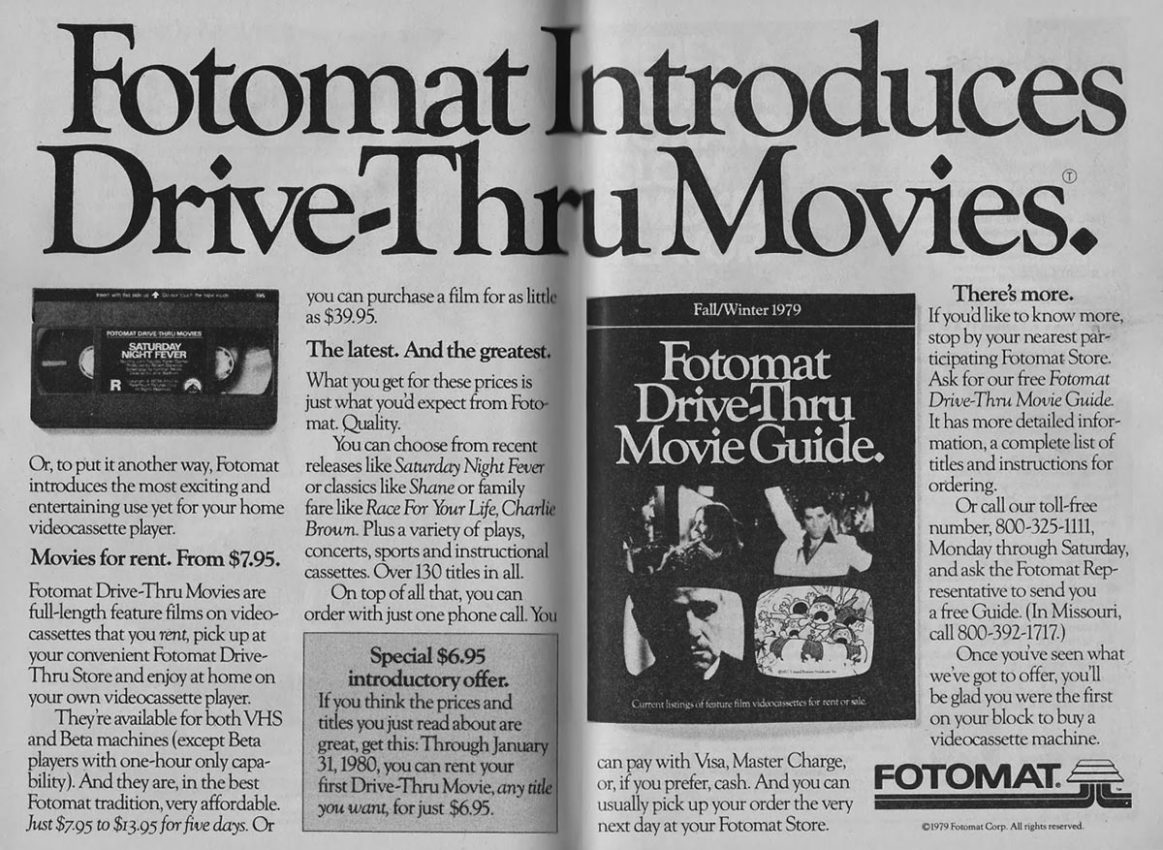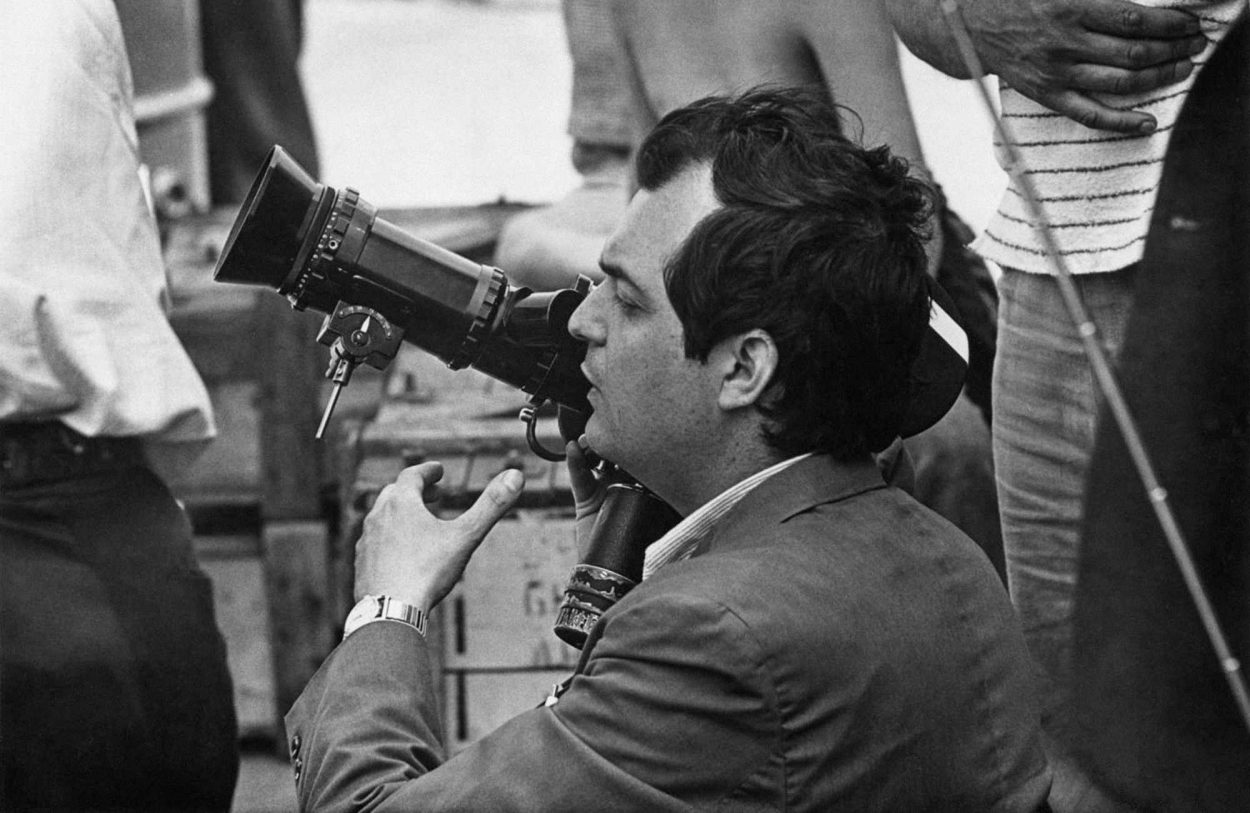When I was little, we used to have a lot of equipment around my house. I was born in the ’70s, so practically everyone who grew up in that time period had equipment lying around. As a kid, I remember sitting on the ground flipping through my parents’ record collection, then looking at the audio hierarchy that sat above the discs: monitor on top shelf, record player next (for reachability, of course), then double cassette player on the next shelf. Later, that double cassette machine was replaced by a multi-disc CD-player, but…hey – technology! Around the corner, in this little nook, we had a reel-to-reel player. As an archivist, I now recognize that this was fairly commonplace in people’s homes at the time. But as a kid, I just thought it looked like a robot machine. By the time I was exploring that area of the house, my father (the primary user of this “robot machine”) had passed away and it stood there in the nook, lonely and unloved. But it fascinated me. I remember one black box sitting there in that nook that always interested me. It looked like most of our VHS boxes but it was a little bigger and the case felt different – raised, like snakeskin. The label was peeling off the spine but it was beautifully written, either in my mother’s very lovely calligraphy or someone else’s highly stylized writing: THE CLONUS HORROR.
Because children’s brains work in funny ways, I thought this had to do with Rosemary Clooney or clowns. Don’t ask what a young kid was doing knowing the name Rosemary Clooney, but I also had familiarity with Sondheim and Shakespeare at that point so let’s not even go there. So I thought this was either a scary movie about clowns or about freaking the fuck out of an American singing icon. Either way…huh? It wasn’t until I was a young adult that I learned that my father, Hod David Schudson, had composed the music for a strange 1979 science fiction film about clones and cloning madness called Parts: The Clonus Horror (Robert S. Fiveson, 1979). I can’t recall when I gained the knowledge of my dad’s bizarre but cool resume, but as I got deeper into my film career, his work became more interesting to me and since he passed away when I was really little, it has always been kinda like trying to solve a puzzle to try to look into the projects he worked on, especially since they were/are so very culty and crazy.
Howard Melvin Schudson Jr. was born in October 1942, in Milwaukee, Wisconsin. He went to the same high school as the Zucker Bros (go Whitefish Bay!). My grandfather once asked him if he wanted to have a Bar Mitzvah or continue to play tennis, but…you do the math on what a 13-yr-old boy would choose. He ended up being a major tennis champ and went to Northwestern, only to drop out in order to take his band, the Just IV, on tour with civil rights activist and blues/jazz musician Josh White. At some point during all this, Howard Melvin Schudson Jr. became Hod David Schudson. Because it was the ’60s. And because he didn’t like being a “Jr.” And because my dad was on his way to NYC, to the folk music circuit where he spent time with people like Phil Ochs, got on Bell Records, and became associated with Clive Davis. Hod David Schudson was just a better name.
As much as my dad loved folk music and put out a few albums in that genre, what he wanted to do was score moving image work. But after I asked my mom about the shift from folk music to his work in film, TV and after-school specials, she told me something that made a lot of sense and was really interesting. Hod David Schudson left New York and came to Los Angeles because not only did he want to write and score film for the movies, he wanted to write the songs too. For most films at the time, the going structure was: Person A scores/composes the music, Person B writes the “hit song” for the film – the song that gets played on the radio – the song that the film gets remembered by. But my dad knew that he could do both. That’s why he came to Los Angeles.
His resume, while brief, contains some great items. The four Afterschool Specials that he did are great and three of them – “Francesca Baby,” “The Pinballs,” and “Very Good Friends aka Beat the Turtle Drum,”- were released on the Afterschool Specials 1976-1977 DVD a few years ago. His TV movie, The Girl, The Gold Watch and Everything (William Wierd, 1980) is a perfect example of what my dad wanted to do. The pop-ish “breakout” song for the film was “Two Hearts in Perfect Time” performed by Richie Havens. My dad scored the film and wrote the song. His career was flourishing and getting more successful in this respect before he died. He did The Attic (uncredited Gary Graver, George Edwards, 1980), that had three songs similar in “breakout” appeal, and then in November of 1980, he was in a car accident and died. He was younger than I am now.
Talking with my mom, she doesn’t remember much about Parts: The Clonus Horror. But she wouldn’t. It was released in 1979. I was born a year before that. She had a newborn baby girl during the film’s production and was pregnant during pre-production so… good luck thinking about anything but diapers and trying to get sleep. She did remember a few things. She recalled my dad insisting upon a particular choir sound for the score and she went with him to the Wilshire Methodist Church to record because the voices/vocal sound would resonate better there.
I got in touch with Ray Dryden, the man who produced all my dad’s films. The film was extremely low budget and apparently my dad worked for much less than normal based upon his good relationship with Dryden. Peter Graves, star of Parts: The Clonus Horror, was apparently a ridiculously nice dude. The most fascinating thing I discovered was about how the sound was recorded. Ray stated, “[Parts: The Clonus Horror was] one of the first times scores were set to video rather than dirty duped. Richard [Thompson, orchestrator], who was a mathematical wizard figured out the frame differences so, when we cut the tracks we weren’t working to 35mm we were working to video. That was in the days of 1 inch reel to reel. It was cheaper and gave us more flexibility.” For those who aren’t aware, a “dirty dupe” is a 35mm black and white duplicate work print made for sound editors when they are editing on film. What they did here for Parts: The Clonus Horror was a big deal because they were putting the music on video and working on reel-to-reel and not film. This was a major thing in the industry at that point.
The way Parts: The Clonus Horror managed sound was not its only groundbreaking claim. While people have rolled their eyes about this film as merely a MST3K blip or a cult oddity, it maintains an interesting place in the world of home entertainment history. While you may not personally remember the tiny Fotomat huts that used to live in your local mall parking lots, most of you have seen Back to the Future (Robert Zemeckis, 1985) and can recall the destruction of the small Fox Photo hut (one of Fotomat’s bigger competitors).

These strange little photo-developing shacks were critical to the success of this strange little science fiction film about cloning that starred Peter Graves, Dick Sargent, Lurene Tuttle and more. Sponsored by companies like Schlitz, Adidas, Huffy, Bell Helmets, Dr. Pepper and Munsingwear, the product placement in Parts: The Clonus Horror is only outdone by its strange narrative. Originally called Clonus, this film property was picked up by Group I International Distribution Company in 1979, retitled Parts: A Clonus Horror and added to the FIRST Fotomat video rental catalog ever, right alongside its theatrical release. You may recognize this distribution model. It’s now used almost 40 years later, as studios release films theatrically and streaming simultaneously. But in 1979, the formats and access models…were a little different.
I mentioned the video rental aspect of Clonus to my mom and she said, Video rentals?? In 1979?? But who had VCRs then?? She wasn’t wrong to ask. While US film studios and folks at the MPAA thought the VCR was “ruining America,” going so far as to say, “the VCR is to the American film producer and the American public as the Boston strangler is to the woman home alone.” (Jack Valenti, 1982), the idea of watching films at home and recording ballets on PBS while you were at your kids’ talent show was exciting! But let’s get one thing clear: it never stopped anyone from going to the movies.
What it did was give films like Parts: The Clonus Horror a huge boost. In an interview, one of the producers of the film, Myrl Schreibman noted, “it was one of the most popular videos in VHS when the VHS format came out…I had an opportunity to meet with the then head of ancillary and video sales for Paramount and it came right out of his mouth that at the Photomat [sic] stores a movie called The Clonus Horror was outselling their movie An Officer And a Gentleman.” Director Robert Fiveson confirmed this,“[Parts: The Clonus Horror] came out at the same time as Coma (and generally got better reviews!). At that time, Photomat [sic] had these little drive-up booths everywhere, where you could drop off your film to be developed (Wow, what an archaic concept now!). They decided to offer VHS films as rentals, and ours was one of the first. I was told we out-rented Coma by a wide margin – but of course, we never saw squat financially!”
The Fotomat model allowed certain audiences a chance to see films they may never have gotten to see. The beauty of renting a film from Fotomat was that you could rent the wildest film in the most mundane place, locations where that movie might never have played theatrically. In many ways it was like tape-trading became later – a method of gaining access to rare cinematic treats that you knew you were never going to get to watch “the normal way.” Many of the films in the Fotomat catalog (especially Group I titles) were not “normal films.” I suggest Marc Edward Heuck’s brilliant piece here on Group I International to see what that scene was all about. It’ll give you a really good idea of the kind of “not normal” they were shopping. It’s a good bet that Group I was behind this Clonus trailer, too, gauging by the language.
Unlike your average videostore, the way Fotomat worked was with the phone and an in-person visit. I know! CAN YOU IMAGINE??? So you’d get this catalog with the movies in it and pick out some killer flicks. Call the 800 number, give them your title choices, tell them what your nearest kiosk is – local mall parking lot, neighborhood town center, what-have-you, and they should have your movies (VHS or Betamax) ready within 24-48 hrs. You rent for about 5 days, watch until you’ve memorized every line or mom is ready to return the video machine “back to Montgomery Ward if you don’t get outside once in a while!” and then return to the same kiosk.

It’s rather odd that Parts: The Clonus Horror has the resonance and the tentacle-like reach that it does through home entertainment history, analog/digital sound recording. At heart, this film is really just a culty sci-fi picture initially budgeted at $750,000 and cut to $250,000 because those involved decided that sponsorship/product placement, internships and direct production involvement would save money and get better results…? Is my dad’s music good? I think so. But I may be biased. I also like the film. I think it’s fun. I also think the fact that the court case from 2005 is terribly fascinating.
So Michael Bay (yes, THAT Michael Bay) made this movie you may have heard of in 2005 called The Island starring Ewan McGregor and Scarlett Johansson. The problem: this film made people side-eye it hard and ask: isn’t this flick just Parts: The Clonus Horror? Bay and co.’s mistake was in thinking that Clonus was another under the radar cult film that no one cared about. But it had been part of the technology and home entertainment evolution, not to mention that it was made during a period of time when people loved cult films. They also somehow overlooked the fact that this film was one of MST3K’s most-loved works, having aired on an 1997 episode. DreamWorks, Warner Bros, and Michael Bay were really not doing well here.
Director Robert Fiveson and producer Myrl Schreibman filed a lawsuit. It asked for earnings from The Island, damages, and even that the film be removed from theaters. The lawsuit mentioned how the producers of Clonus had screened the film for Jeffrey Katzenberg (a founder of DreamWorks) before he left Paramount, when the men were still looking for distribution. Katzenberg was clearly aware of this property when The Island was being created. Over 90 different instances of exact lifts from Clonus to The Island were found. Not just homage, but film-to-film-identical. Maybe a little shinier looking since, y’know, 2005 and not 1979. End result? DreamWorks settled out of court for a good chunk of change.
It’s fun that I get to be a part of this weird wild piece of grindhouse-y goodness. Some people think this movie is trashy. Some people think it’s fun. No matter what, I think the history behind it (regardless of my father’s connection) makes it a really fascinating entry into the world of sci-fi weirdo cinema and I can’t WAIT to watch it at the New Beverly in fabulous 35mm with an audience!!


